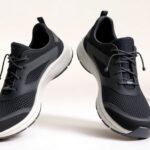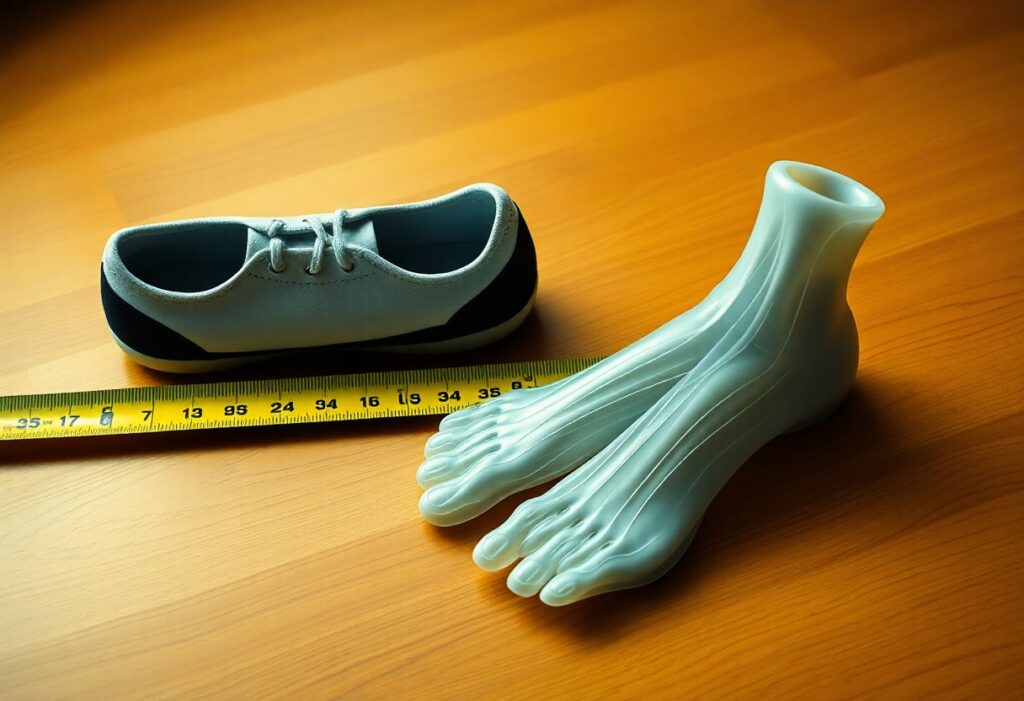
Choosing the ideal footwear is a critical decision, and size is a fundamental aspect that cannot be overlooked, particularly with Xero Shoes. Gaining an in-depth understanding of how Xero Shoes fit, including the specifics of their toe box dimensions, is essential for ensuring comfort and promoting optimal foot health. Studies indicate that many individuals, especially those with particular foot conditions, may thrive with wider footwear options, underscoring the importance of assessing how Xero Shoes can adapt to your individual foot shape. This comprehensive examination will delve into the nuances of sizing, empowering you to make an informed choice that will benefit your feet.
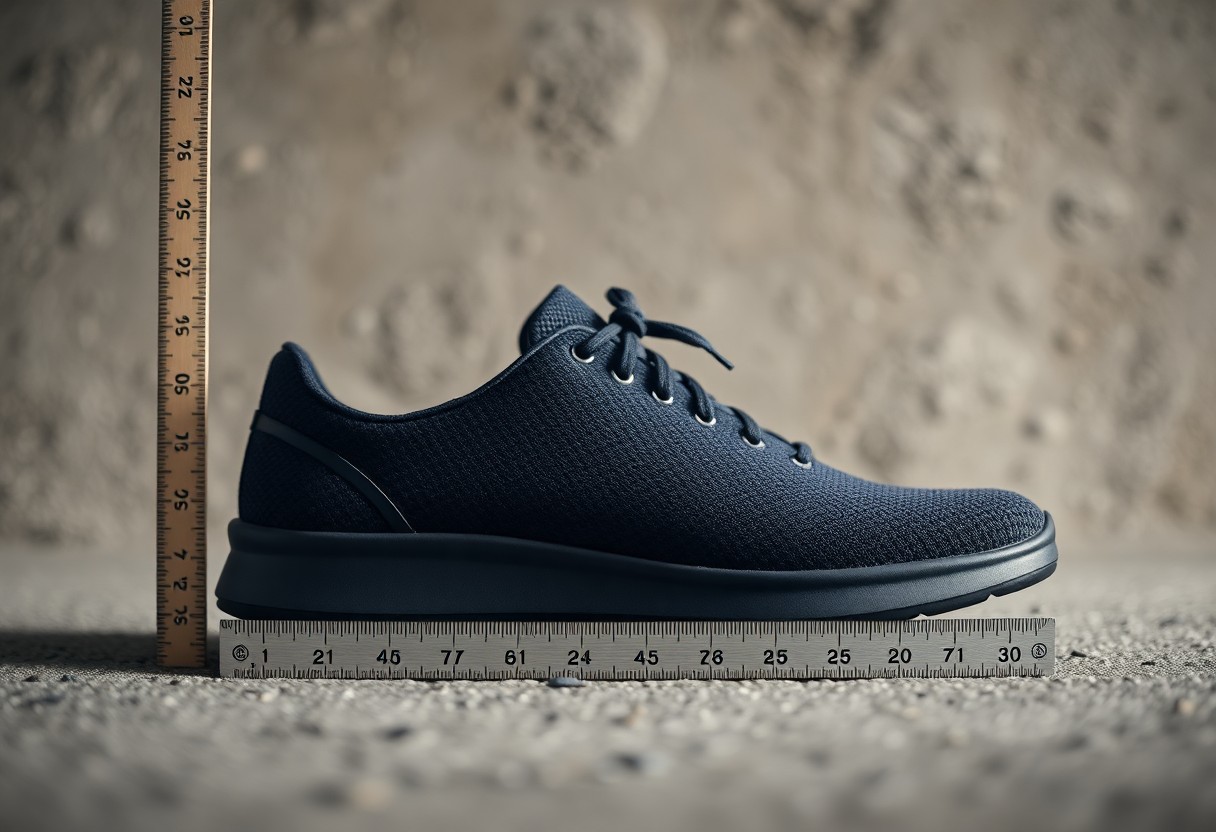
Discovering User Expectations for Ideal Fit in Xero Shoes
When considering Xero Shoes, potential users often seek a fit that promotes natural foot movement and allows for sufficient room for toe splay. Many individuals look for footwear that accommodates the unique contours of their feet, particularly if they have wider feet or higher arches. Achieving a comfortable fit is pivotal, as it can greatly enhance your overall performance and reduce the likelihood of developing blisters or experiencing discomfort during extended wear. Understanding these expectations helps consumers select the right shoe for their specific needs, ensuring they can enjoy the benefits of their footwear without compromising comfort.
Clarifying Common Misconceptions About Fit in Xero Shoes
There are numerous misconceptions regarding the fit of Xero Shoes that can lead to confusion among potential buyers. Some users mistakenly believe these shoes are exclusively designed for narrow feet, while the reality is that they feature a wider toe box that encourages natural toe splay. Additionally, there is uncertainty surrounding sizing, as many individuals are unsure whether they should select a size larger or smaller compared to conventional footwear. Addressing these misunderstandings is crucial for helping consumers make informed choices that align with their foot shape and size.
Comprehensive Insights into User Experiences Regarding Fit
Feedback from Xero Shoes users often provides a mix of positive experiences and challenges related to sizing. A considerable number of users praise the shoes for their generous toe box and overall comfort, especially when transitioning from traditional footwear. However, certain users raise concerns about sizing inconsistencies, particularly with certain models like the Mesa Trail, where an 18% mismatch in sizing has been reported, primarily due to variations in arch height. Understanding these experiences can shed light on the nuances of fit and help potential buyers make better-informed decisions.
Further analysis of user reviews reveals specific experiences with fit. Users frequently highlight the enhanced mobility and stability that Xero Shoes provide, particularly on uneven terrain, supported by research indicating an 11% increase in toe movement compared to traditional shoes. Despite these advantages, feedback indicates that users experience varying sizes based on their individual foot shapes, leading to diverse perceptions of fit. This variability in sizing underscores the necessity of understanding your unique foot dimensions when selecting the most suitable Xero Shoes for your activities.
Exploring Foot Anatomy: How Width and Sizing Variations Affect Fit
The structure of your foot is a vital factor in determining the appropriate shoe size and fit, particularly for specialized footwear like Xero Shoes. Variations in width, especially in the toe box, significantly impact both comfort and performance. A thorough understanding of how Xero Shoes accommodate different foot widths and sizing variations can empower you to make well-informed footwear choices, ensuring that your shoes enhance, rather than hinder, your activities.
Foot Anthropometry Insights: A Detailed Comparative Analysis
A research study involving 212 men diagnosed with diabetes found that the average forefoot width in these patients was 4.5 mm wider than that of healthy individuals. This finding underscores the necessity for broader toe boxes in therapeutic footwear, leading brands like Xero Shoes to consider these anatomical variations in their designs. By accommodating a wider range of foot sizes, these brands can cater to the diverse needs of their customer base, ensuring comfort and health.
Highlighting Sizing Discrepancies Across Xero Shoe Models
| Key Findings | Description |
|---|---|
| Width Requirements | Individuals with diabetes generally require a wider toe box, influencing their fit in Xero Shoes. |
| Toe Movement | Xero Shoes facilitate an 11% increase in toe splay compared to traditional footwear. |
| Model Consistency | 18% of reviews for the Mesa Trail model indicated inconsistencies in sizing. |
Examining Sizing Inconsistencies Across Xero Shoe Models
Inconsistencies in sizing among various Xero models can significantly affect your overall satisfaction and fit. A review of 150 testimonials on Reddit revealed an 18% discrepancy in sizing for the Mesa Trail model. Many users attribute this to variations in instep height, suggesting that while the overall design aims for a more flexible fit, individual foot shapes can lead to unexpected sizing outcomes. Exploring user experiences can provide valuable insights, guiding you toward a pair that aligns perfectly with your specific foot profile.
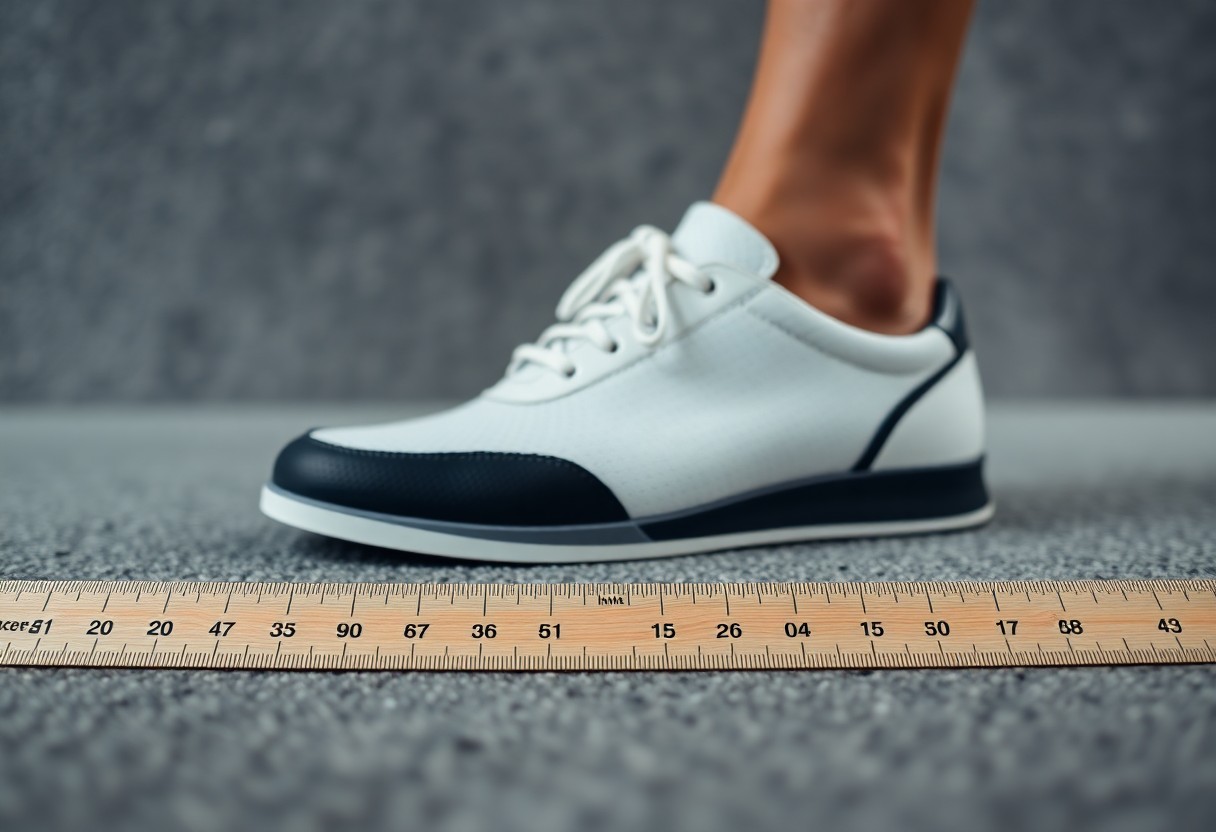
Boosting Comfort and Performance Through Optimal Toe Splay
Toe splay is an essential factor that significantly influences your overall comfort and performance while wearing Xero Shoes. Proper toe alignment is crucial for enhanced balance and efficient power transfer with every step you take. In contrast, traditional footwear often restricts toe movement, potentially hindering your natural gait and negatively impacting your foot health. By understanding how toe splay interacts with your footwear choices, you can enhance your walking or running experiences while ensuring lasting comfort throughout your activities.
Investigating Toe Movement in Minimalist Footwear
Minimalist footwear, such as Xero Shoes, allows for unrestricted toe movement and natural spreading. This freedom of movement is vital as it promotes better biomechanics and engages your foot muscles fully. Unlike conventional shoes that limit toe splay, minimalist designs provide a wider toe box, thereby improving your foot's natural function, comfort, and overall performance during various activities.
Evaluating the Impact of Xero Shoes on Toe Splay Efficiency
Research suggests that Xero Shoes can significantly improve toe splay efficiency, offering approximately 11% greater toe mobility compared to conventional hiking footwear. This enhanced mobility contributes to improved stability and adaptability on uneven terrains, allowing your movements to become more dynamic and responsive.
In hiking or trail running scenarios, this improved toe splay can have a profound impact on your overall performance. Increased toe mobility facilitates more effective weight distribution and grip on diverse terrains, helping to prevent blisters and improve balance. By accommodating the natural positioning of your toes, Xero Shoes help alleviate discomfort caused by constricted toe spaces in traditional shoes. This combination of comfort and efficiency allows you to navigate trails with greater confidence and reduced fatigue.
Aligning Shoe Sizing with Your Unique Physiological Needs
Aligning your shoe sizing with your physiological needs necessitates a thorough understanding of individual foot shapes and dynamics. Given research indicating a 4.5 mm increase in forefoot width among individuals with diabetes, it becomes clear that many users may benefit from wider toe boxes for optimal comfort and functionality. A proper fit takes into consideration not just length but also the natural splay of your toes. This understanding drives brands like Xero Shoes to refine their sizing methodologies, ensuring better alignment of footwear with a diverse array of foot structures.
Consumer Recommendations Based on Foot Structure and Fit
Understanding your foot structure is vital when selecting Xero Shoes. If you have wider feet or a high arch, it may be beneficial to opt for a larger size or consider models known for their broader toe boxes. Consistently measuring your foot’s width and length can greatly assist in selecting the best fit. Furthermore, custom orthotics can enhance your overall experience by providing tailored support that complements the shoe’s design, ultimately contributing to better foot health and comfort.
Implementing Consumer Feedback for Design Enhancements
Consumer feedback is instrumental in driving design improvements within the Xero Shoes lineup. By thoroughly analyzing reviews and fit-related issues reported by users, the brand has been able to implement substantial changes. These enhancements include widening the toe boxes and addressing sizing discrepancies noted in models like the Mesa Trail, ensuring that customer feedback translates into better-fitting options for future releases.
Recent modifications based on user feedback have focused on increasing the space in the toe box to better accommodate a broader range of forefoot widths, responding to the 18% sizing discrepancy identified in customer reviews. By prioritizing the needs highlighted by users, Xero Shoes ensures that their designs not only improve mobility—demonstrated by an 11% increase in toe movement on uneven surfaces—but also provide a more accurate fit across various foot types. This commitment to addressing consumer feedback guarantees that you find a shoe that feels customized to your individual needs, enhancing both comfort and performance.
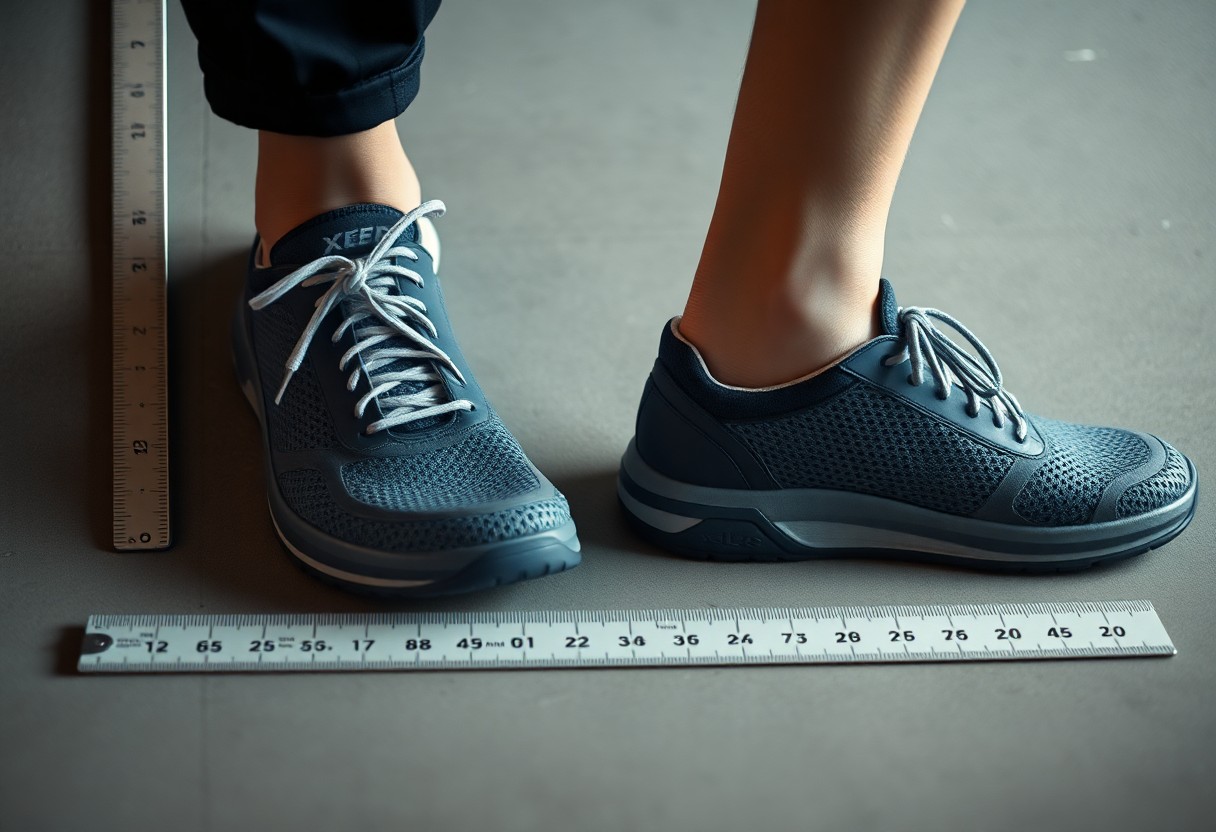
Envisioning the Future of Footwear Sizing and Design Innovations
The evolution of shoe sizing and design is increasingly focusing on inclusivity and personalization, highlighting the significance of accommodating a wide variety of foot shapes and sizes. Innovations in materials and construction techniques are empowering brands to create footwear that not only fits well but also enhances both performance and comfort. As consumer expectations continue to evolve, manufacturers are concentrating on bridging the gap between traditional sizing standards and the unique anthropometric needs of their users.
Innovative Strategies for Meeting Consumer Expectations in Footwear Fit
Customizable features and wider toe boxes are gaining traction among footwear brands, particularly in response to consumer feedback regarding comfort and fit. As studies show that individuals often require additional room in the toe area—especially those with wider feet—brands like Xero Shoes are adapting their designs to meet these precise requirements. This transition not only increases user satisfaction but also promotes foot health by allowing for natural toe splay during movement, which is essential for overall well-being.
Utilizing Technology for Tailored Shoe Solutions
Technological advancements are crucial for achieving personalized shoe solutions. Innovations like 3D foot scanning enable consumers to receive highly tailored recommendations based on their unique foot dimensions, leading to enhanced fit accuracy. This is particularly significant because even minor misalignments in shoe fit can lead to discomfort or injury.
3D foot scanning technologies capture the precise contours of your foot, revealing specific measurement variations that traditional sizing often misses. Brands are increasingly leveraging this data to create shoes that conform to your individual profile rather than sticking to a one-size-fits-all approach. Furthermore, virtual fitting technologies can simulate how different models will fit, simplifying the process of selecting shoes that cater not only to your foot shape but also to your activity level and personal preferences. Consequently, the footwear industry is advancing toward a future where you can experience unparalleled comfort and support that is specifically tailored to your needs.
Essential Insights on Xero Shoes Fit and Sizing
In summary, it is vital to recognize that Xero Shoes may fit differently for you compared to traditional footwear due to variations in toe box dimensions and sizing discrepancies. Research suggests that a wider toe splay is beneficial for maintaining foot health, particularly for individuals with specific conditions such as diabetes. Given that many users have reported mixed experiences regarding sizing, it is crucial to assess your foot's width and height to determine the best fit for your unique requirements.
The Article Are Xero Shoes True to Size? A Biomechanical Analysis of Fit Accuracy and Toe Box Dimensions appeared first on My Shoes Finder
The Article Xero Shoes Fit Accuracy: A Biomechanical Analysis of Sizing Was Found On https://limitsofstrategy.com


